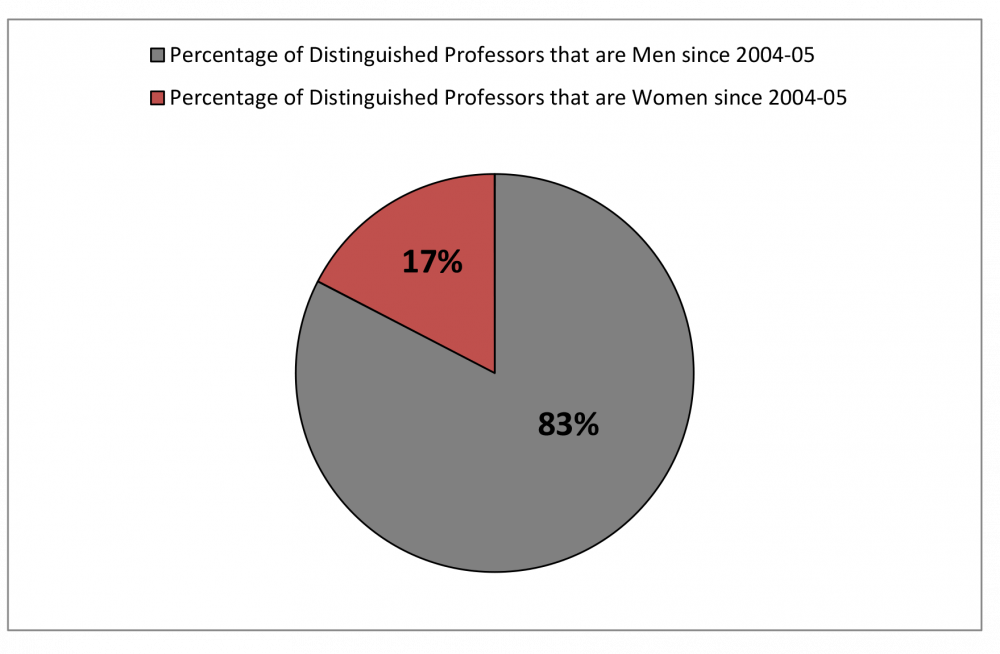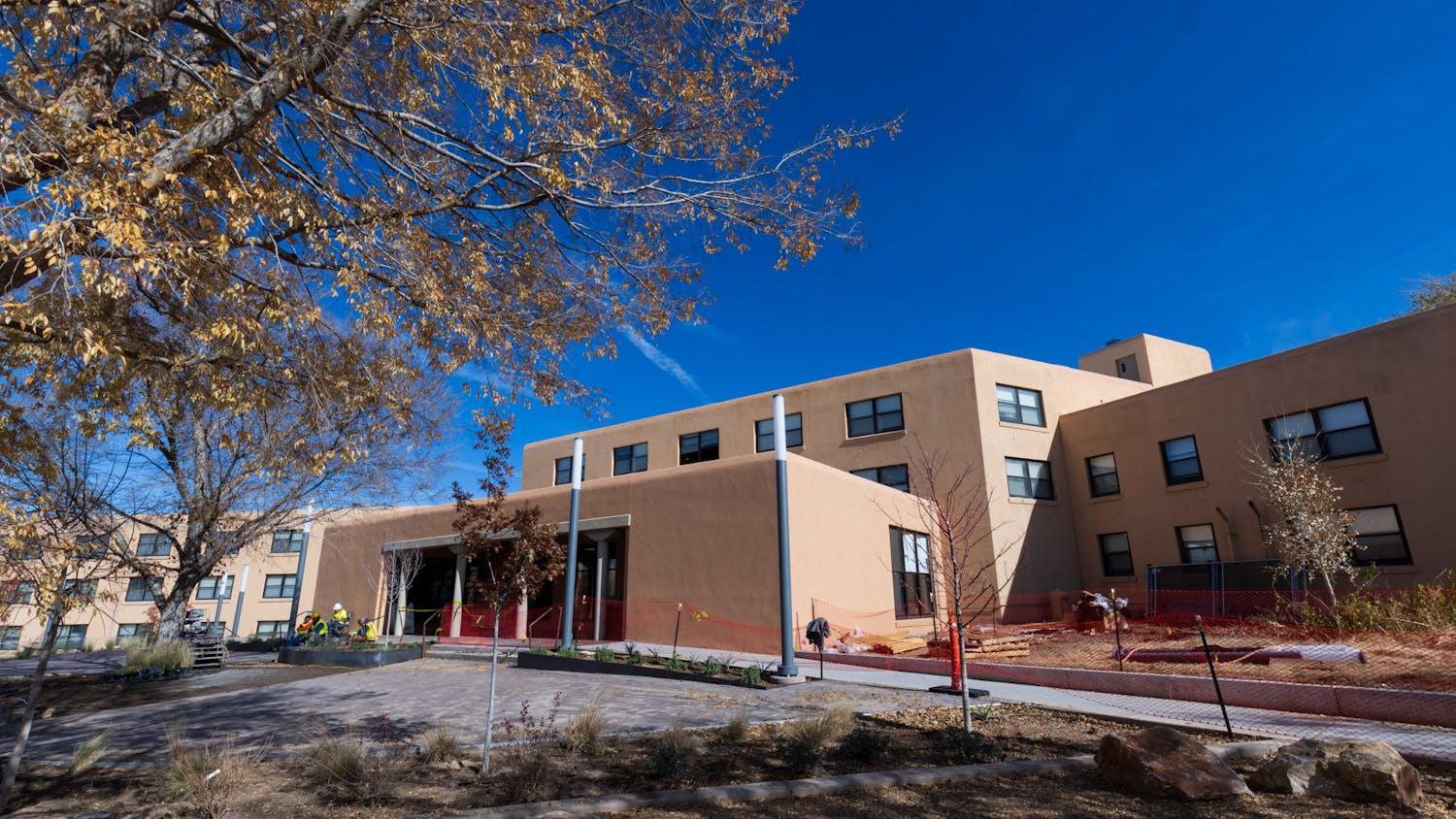A list of Distinguished Professors on the Provost’s website shows that since the 2004-2005 academic year, the University of New Mexico has promoted 92 professors to this rank. Out of those 92, 16 of them are women.
Dr. Alex Lubin said the Office of the Provost is fully aware of this disparity and its employees are working to remedy it.
Lubin is the associate provost for faculty development. He has been with UNM since 2002, when he was an assistant professor in the Department of American Studies. One of his responsibilities includes managing the Distinguished Professor process.
The provost has the final say in the process, but no one in the office decides who the nominations are.
“The structural issue here is that there is a disparity between how many female and male associate professors are promoted to full professors,” Lubin said.
Lubin said since women typically spend longer than men at the associate professor position, there are more men to choose from.
Lubin said that the distinguished professor process has no ties with Title IX; it’s up to the departments to nominate those who deserve this distinction.
“It’s not exactly a Title IX issue,” Lubin said. “It’s not so much a discrimination issue as how bias plays a role in everyday life.”
Lubin said he and his colleagues are working to raise the number of female distinguished professors, and it all starts with helping the associate professors.
“We recognize this as an issue at UNM, and (in) society,” Lubin said. “We are mentoring female professors in the associated position and making sure the department heads are well trained in gender bias.”
These changes have received the appreciation of Barbara McCrady and Julia Fulghum.
McCrady received her B.A. in biology from Purdue University and her doctorate in clinical psychology from the University of Rhode Island. She entered UNM as a distinguished professor in 2007.
Get content from The Daily Lobo delivered to your inbox
McCrady said she was surprised when she learned about the disparity.
“UNM has been great at supporting women and has more women in leadership roles than many other universities,” she said.
McCrady said that while these leadership roles (department chair, committee member, etc.) do not prohibit one from becoming a distinguished professor, they take up an extraordinary amount of time.
McCrady said that the causes for the imbalanced ratio could range from women not being socialized to promote themselves to pregnancy.
Like Lubin, Fulghum is working to make the ratio more balanced. She earned her doctorate in chemistry from the University of North Carolina and has been with UNM since 2002. She is currently working as the director of Advance at UNM, a group dedicated to improving the success of women and minority faculty.
Fulghum attached numbers to the full professor discrepancy. She said there are 232 male full professors at UNM’s main campus and 114 female. In STEM fields, the ratio balloons to 150 males to 40 females.
Fulghum said that another reason for the distinguished professor disparity is evaluation bias.
“Broadly, we are more comfortable supporting the people who share many characteristics with us,” she said.
She went on to reciprocate Lubin’s desire to raise the number of female full professors and mentor female associate professors.
“Most universities do not have a mentoring program for associate professors,” Fulghum said, “and we need people to understand that moving towards the full professor position carries great flexibility with it.”
All three agreed that changes won’t happen overnight — rather, it will be a prolonged endeavor.
Derek Olsen is a freelance reporter for the Daily Lobo. He can be contacted by email at news@dailylobo.com or on Twitter @Derek_Olsen2117.






